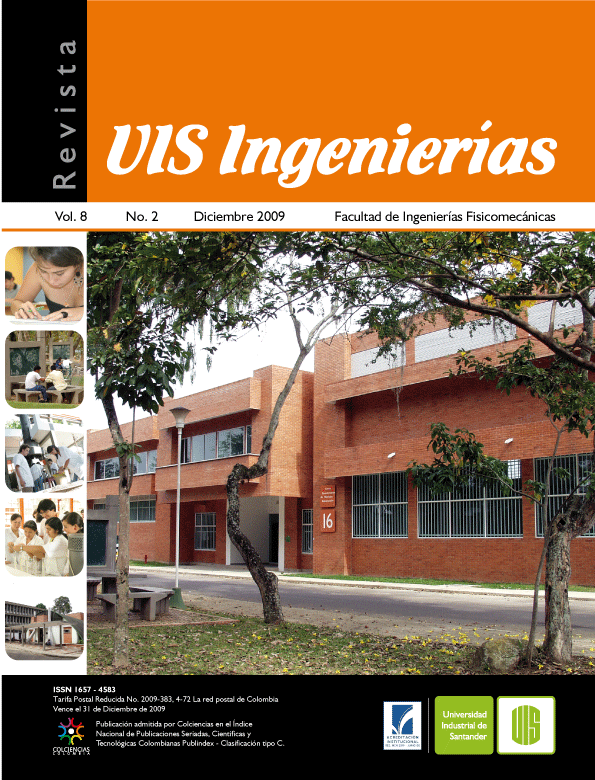Mechanism for cooperation in electricity crisis and other social dilemmas of grour resources
Published 2009-12-28
Keywords
- Social dilemmas,
- common resource,
- cooperation,
- dynamic complexity
How to Cite
Abstract
This paper presents a mechanism to cooperation in large scale resource social dilemmas. The mechanism was developed considering the Colombian electricity crisis (1992-1993). The paper offers a dynamic hypothesis as extension of the small scale resource social dilemmas theory to large scale situations that integrates the effects of delays, expectations, and perceptions about cooperation. This work also presents simulations that suposes the dynamic hypothesis as explanation of the variation of the electricity demand in the 1992 1993 Colombian electricity crisis. The results explain also the variation of demand after and before shortages in that crisis. As a conclusion, we suggest that perception, and expectations in dynamic complexity situations should be considered as a fundamental issue for explaining cooperation.
Downloads
References
Biel; Eek; Garling; Gustafsson. New Issues and Paradigms in Research on Social Dilemmas. Springer. New York, 2008.
Hardin, G. Tragedy of the commons. Science. 162 (859), 1243–124, 1968.
Ostrom E. Governing the commons: the evolution of institutions for collective action. Cambridge University Press. 1990.
Luce D. and Raifa H. Games and Decisions. Wiley. 1957.
Olson M. The logic of the collective action: Public Goods and the theory of groups. Harvard University Press: Cambribge. 1965
Ostrom E. A behavioral approach to the rational choice theory of collective action. American Political Science Review. 92(1): 1-22, 1998
Castillo, D. and Saysel, A. Simulation of common pool resource field experiments: a behavioral model of collective action. Ecological Economics. 55, (3), 420-436, 2005.
Comisión Evaluadora de la Situación Eléctrica y sus Perspectivas. Informe del Gobierno a la Corte Constitucional. Informe del Gobierno a la Corte Constitucional. Presidencia de la República. Colombia. 1992.
Unidad de Planeación Minero Energética. Sistema de Información de la Electricidad. Ministerio de Minas y Energía. http://www.upme.gov.co/simec/ (Accesado el 30 de junio de 2008).
Forrester J. Industrial Dynamics. Productivity Press. 1961.
Goldman C, Joseph E. and Barbose. California customer load reductions during the electricity crisis: did they help to keep the lights on? Energy Analysis Department. Ernest Orlando Lawrence Berkeley National Laboratory. University of California. 2002.
Markóczy, L. Trustbut verify: Distinguishing distrust from vigilance. Anderson Graduate School of Management. University of California. 2003.
Markóczy, L. Utilitarians aren’t always fair & the fair aren’t always utilitarian: Distinct motives for cooperation . Journal of Applied Social Psychology. 37 (9), 1931–1955. 2007.
Moxnes, E. Not only the tragedy of the commons: misperceptions of bioeconomics. Management science. 44 (9) , 1234, 1248. 2000.
Sterman, J. Modeling managerial behavior: misperceptions of feedback in a dynamic decision making experiment. Management Science. 35(3), 321-339. 1989.
Sterman, J. and Sweeney, L. Cloudy skies: assessing public understanding of global warming. System Dynamics Review. 18 (2), 207-240. 2002.

